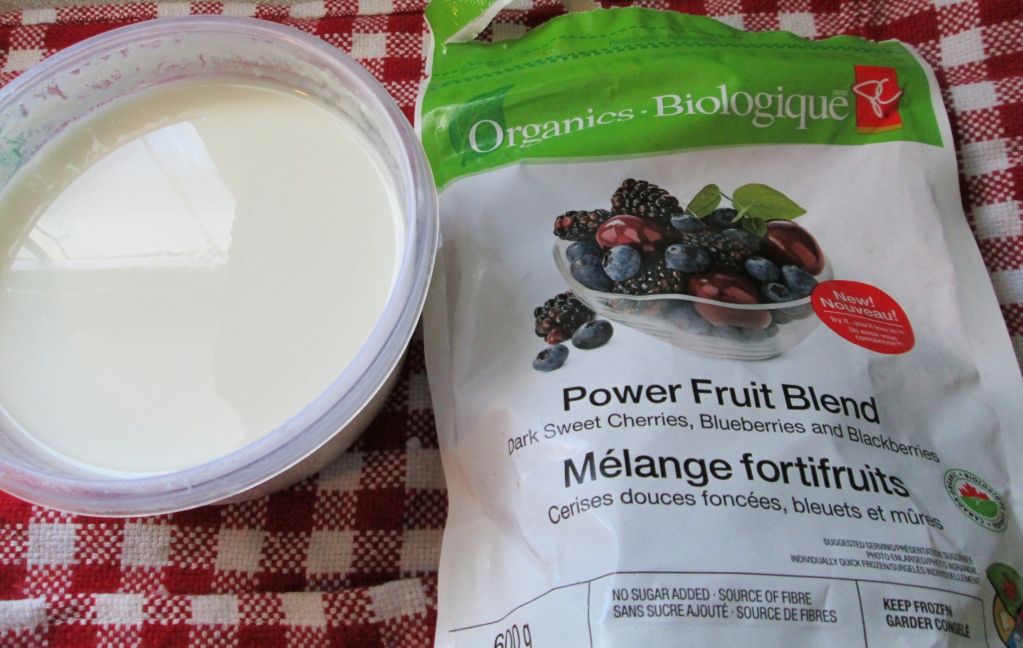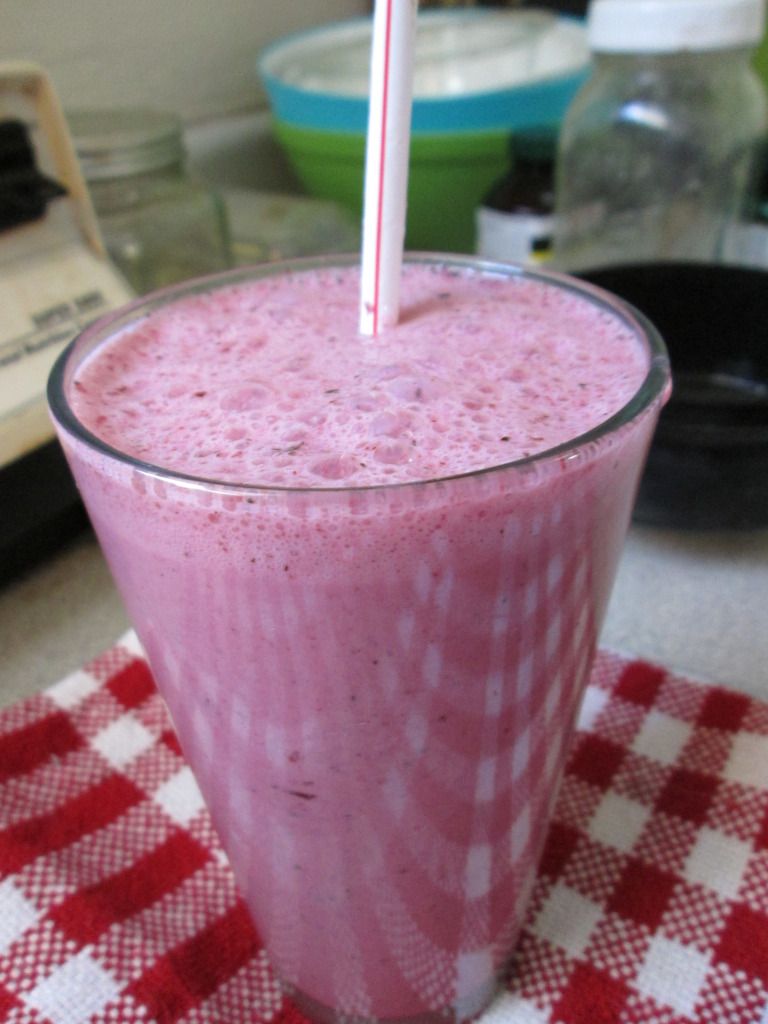
Yogurt. The creamy deliciousness of full-fat, live yogurt is something that should be included daily in your diet.
Here are just a few reasons why:
- It’s satiating. Yogurt made from full fat milk provides heathly fats (oleic acid and conjugated linoleic acid, also known as CLA) that can actually help you lose weight. How? The fats take longer to digest, which causes you to feel full for longer.
- It improves gut health. The bacteria in live yogurt will populate your gut and drive out the “bad” bacteria. According to a study published in the American Pediatric Journal by Dan W. Thomas, MD, and Frank R. Greer, MD, “It is currently hypothesized that these microbes (probiotics) generate small molecular metabolic byproducts that exert beneficial regulatory influence on host biological functions.” This means that if you regularly consume yogurt (or other fermented foods with probiotic goodness) you will be less likely to succumb to whatever nasty stomach virus is going around. Probiotics have also proven beneficial in the prevention of traveler’s diarrhea and can help ease ulcerative colitis, stomach ulcers, irritable bowel syndrome, and, interestingly, some cases of lactose intolerance.
- It’s very nutritious. Yogurt is high in protein, calcium, potassium, and Vitamin B-12. Further, full-fat yogurt helps with vitamin absorption. Vitamins C, D, E and K are used more efficiently in the body when consumed with fat.
Not Just Any Yogurt Will Do
Don’t just run to the store and grab those little 6 packs of yogurt and feel nutritionally saintly, however. Despite the health claims, the flavored conventional yogurts are the absolute opposite of health food.
First of all, if your yogurt is not from an organic source, in North America, it most likely contains the hormones rBGH and rBST, which are given to nearly all dairy cattle in the US to increase milk production.
If that isn’t enough to turn your stomach, lots of commercial yogurts contain neurotoxic artificial sweeteners like aspartame (which is how they get the sweet taste and still remain low in calories).
They often contain artificial colors and flavors, and the ones without artificial sweeteners are generally laden with HFCS (High Fructose Corn Syrup) which has most likely come from genetically modified corn.
Opt for an organic yogurt with live cultures. Full fat is preferable. The lower the fat content, the lower the nutrients, generally speaking.
Even better (and WAY cheaper!) – make your yogurt at home. I’ve outlined my yogurt-making experiments here. Some worked well, most not-so-well. But it’s inexpensive and easy, so give it a try. In a disaster situation, it would be a very tasty addition and a way to use extra milk that might go bad without constant refrigeration.
Some Yummy Ways to Have Your Bacteria and Eat It Too

This is hard for me to believe, but not everyone likes yogurt! (Gasp!) Plain yogurt, in particular, draws fire as not being especially tasty. Savory or sweet, there’s a yogurt out there for everyone!
- Yogurt cheese: Line a mesh strainer with a coffee filter. Place this on top of a bowl. Place your yogurt on top of the filter. Put this in the fridge (or other cool storage place) and allow it to drain overnight. You’ll be left with a rich thick substance. You can eat this as “Greek yogurt” or as a substitute for cream cheese, spreading it on bread and bagels.
- Yogurt dip: Use a thicker yogurt and season it any way you would generally season sour cream to make a dip for veggies. We especially like it with a little garlic powder, salt and loads of finely chopped dill. (You can use dried dill from your spice cabinet if fresh is unavailable.)
- Yogurt “sour cream”: Thick yogurt can be used in place of sour cream. Instead of merely adding fat with few nutrients, you can add a big pile of creamy vitamins to the top of your baked potato. You can also use yogurt in place of sour cream in recipes like stroganoff or curry.
- Yogurt salad dressing: I make a fake “ranch” dressing for my egg-allergic daughter, with the addition of some onion powder, garlic powder, salt and pepper.
- Yogurt smoothies: Mix yogurt with frozen fruit and zip it in the blender for a tasty and nutritious shake. Some people like to add sugar or honey to this, and depending on your nutritional needs, you can also add a scoop of a healthy (not artificially sweetened) protein powder. This is a great use for a batch of homemade yogurt that turned out runny.
- Yogurt parfaits: My favorite go-to meal that I eat nearly every single day! I mix a drop of vanilla extract and a touch or organic sugar to my yogurt. Occasionally I stir in some vanilla protein powder if I’ve skipped a meal. Then I top it with fruit and crunchy granola. Delicious and satisfying.
- In baking: Yogurt can be used as an egg-substitute when baking. You can use 1/4 cup of yogurt in place of each egg that the recipe calls for.
- Yogurt “ice cream”: Use a ratio of 1:1 yogurt and frozen fruit. Sweeten according to taste. Puree in the blender, then place in the freezer for an hour. If your resulting creation is too hard to eat with a spoon, pop in back in the blender for about 30 seconds.

























